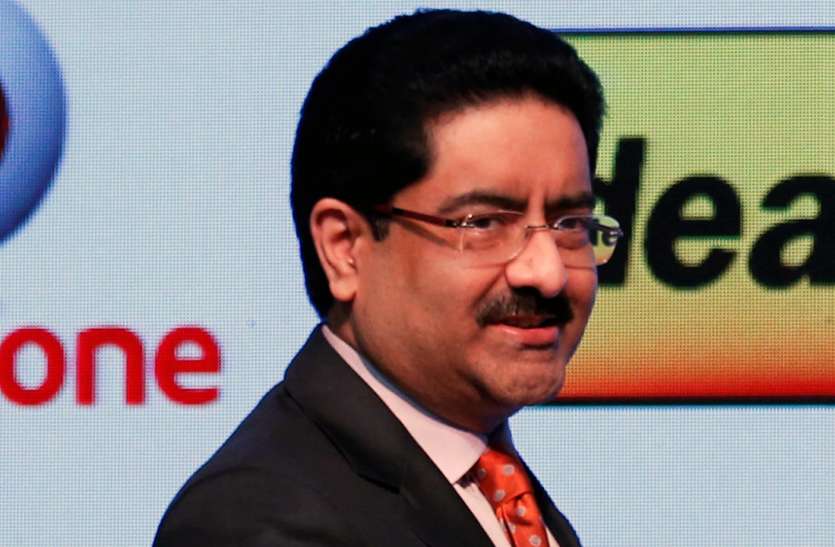The cutthroat Indian Telecom Industry is all set to perhaps witness the downfall of yet another tycoon. In recent news, Kumar Mangalam Birla has partnered with the British telecom provider, Vodafone, to save it from ceasing to exist.
Aditya Birla’s sudden demise in 1995 had shaken the Aditya Birla Group’s foundations. A 28-year-old Kumar Mangalam Birla had then got control of the reigns of the group. In 20 years, Aditya Birla group’s revenues grew 26-fold from $1.6 billion in 1995 to $41 billion in 2015. As of 31 March 2019, the group’s revenues were at $48.3 billion. It is India’s third-largest conglomerate after Tata Group ($110 billion) and Reliance Industries ($90 billion). The Aditya Birla Group currently has its footprint in cement, aluminium, metals, chemicals, etc.
Vodafone, the second-largest telecom company in India, saw the re-entry of KM Birla’s into the telecom industry, as his group bought 11% of the Voda’s shares. In 2016, Idea Cellular, Birla Group’s flagship telecom provider ran into a dead-end, after Mukesh Ambani disrupted the telecom industry with the roll-out of JIO. The company, therefore, merged with British telecom major Vodafone in August 2018 to fight the aggressive price war in the market. However, there is no relief at sight for either Vodafone or KM Birla.
The net worth of Birla has now shrunk to about $6 billion from $9.1 billion two years ago, according to the Bloomberg Billionaires Index. And this loss is directly being attributed to the merger with a sinking Vodafone.
Meanwhile, JIO became India’s no. 1 telecom provider, with 388 million active users. Vodafone Idea’s woes deepened last month after India’s top court sided with the government’s demand for $4 billion in fee-arrears from prior years.
Meanwhile, Anil Ambani and four others resigned from the post of Directors of Reliance Communications. Anil Ambani has his own set of problems to deal with. On November 15, the company reported its Q2 FY20 consolidated net loss at Rs. 30,158 crores against loss of Rs. 366 crore in Q1 FY20. The company’s Q2FY20 consolidated net loss includes an exceptional loss of Rs 1,250 crore. The telecom industry, except for JIO is indeed sailing through turbulent times.
There are such examples in another industry as well- Airlines. The Air industry of India has, for some been a comic sight to observe, while the stakeholders have had to go through the brunt of unpaid salaries and lay-offs. One such example is Naresh Goyal and his Jet Airways, which many considered India’s best airlines. However, with the growth of Indigo, Spice Jet and Go Air, which were based on a ‘low-cost’ model, luxury airlines like Kingfisher and Jet Airways took a hit. Both Vijay Mallya and Naresh Goyal wanted to operate world-class airlines for the elite. In this, Indigo and Spice Jet benefited immensely. With growing competition, Jet Airways was forced to adjust to a comparatively low-cost model as well, however, the strategy didn’t work in its favour, and as of today the operations of Jet remain ‘temporarily’ suspended. The suspension of operations by Jet Airways had expected negative impacts; its shares tanked almost 32 per cent, nose-diving in an L-curve pattern on the Bombay Stock Exchange.
There is a common binding factor to the downfall of all such industry tycoons and their companies. Corporate competition.
In the case of the telecom industry, the unexpected and sudden competition offered by Jio drove two telecom companies to bankruptcy. The survival instinct among telecoms prompted them to attempt and bring their plans near to Jio as well, however, such strategies backfired.
Similarly, the airlines which have stopped operations and have perhaps ceased to exist were all victims of a cutthroat industry, where monetary disparity offered to the consumer turned around the tables of many well-established industry tycoons.
